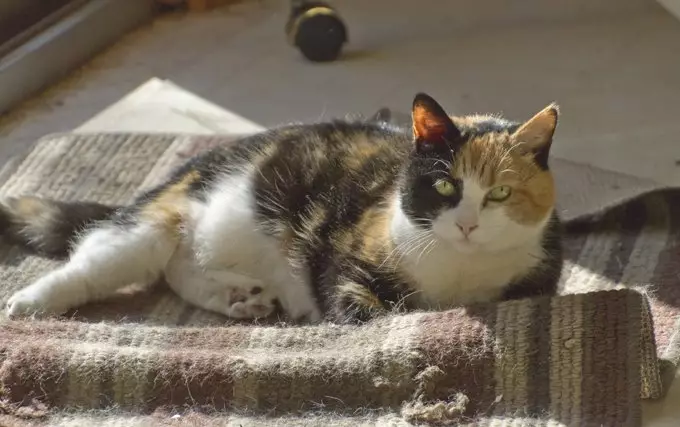As pet owners, we often find ourselves on the receiving end of fur-covered furniture and clothing, especially during shedding seasons. Though cat shedding is a common phenomenon, understanding the underlying reasons, maintaining your cat’s health, and implementing effective grooming strategies can greatly alleviate the issue. This article delves deep into the aspects of cat shedding, explores its causes, and offers practical tips to manage it efficiently.
Shedding in cats is a natural and unavoidable process, integral to their biological makeup. The frequency and extent of shedding can vary significantly between individual cats, influenced by factors such as breed, age, and health status. While outdoor cats may experience heightened shedding during the spring months—when they are prepping for warmer weather—indoor cats can face a more consistent shedding pattern throughout the year. This difference highlights the importance of environment in understanding cat shedding.
For every cat, shedding serves a purpose: it helps to eliminate dead hairs, promotes skin health, and prepares the cat for seasonal changes. Despite this natural occurrence, excessive shedding may signal underlying health issues that should not be overlooked. It’s crucial for pet owners to monitor their cats and remain alert for any signs that shedding might be abnormal.
While routine shedding is expected, an abrupt increase in hair loss can be alarming and may stem from various causes. A deficient diet lacking essential nutrients can directly impact the condition of a cat’s coat and skin, leading to increased hair loss. It’s vital to provide a balanced diet rich in fatty acids, vitamins, and minerals to strengthen your cat’s fur health.
Stress is another significant factor that contributes to excessive shedding. Various stressors such as environmental changes, introduction of new pets, or even alterations in routine can heighten a cat’s anxiety. Cats are sensitive creatures, and addressing their emotional well-being is just as critical as attending to their physical health. Providing a stable, enriched environment can help mitigate stress-related shedding.
Additionally, allergies can play a critical role in unexpected fur loss. Allergens in food, pollen, and dust can cause irritation leading to excessive shedding. Keeping an eye on your cat’s reactions to potential allergens is essential, as is consulting with a veterinarian about possible hypersensitivities.
If unmonitored, excessive shedding may unveil more serious health concerns. Conditions such as hyperthyroidism—a hormonal imbalance caused by overactive thyroid glands—are notorious for inciting rapid fur loss. Moreover, syndromes like Cushing’s disease present similar symptoms, including significant shedding alongside other troubling signs like excessive thirst and fatigue.
Moreover, infections caused by bacteria, fungi, or parasites can also result in considerable hair loss. Pet owners should be vigilant for any accompanying symptoms such as skin irritation, redness, or unusual behavior. Consultations with a veterinarian for accurate diagnosis and treatment become essential if infections are suspected.
In order to manage and potentially reduce shedding, a series of proactive strategies can be employed. Regular grooming is paramount—in fact, brushing your cat’s fur two to three times a week can significantly reduce the number of loose hairs in your environment. Not only does this help prevent your home from being overwhelmed with cat fur, but it also helps to foster a stronger bond between you and your pet through the soothing act of grooming.
Hydration and nutrition are equally critical components in managing shedding. Ensuring that your cat has constant access to clean water and a nutrient-rich diet can promote healthier skin and fur. Additionally, incorporating omega-3 and omega-6 fatty acids into their meals can boost the health of their coat.
Investing in pet grooming tools, such as high-quality brushes and lint rollers, can make the day-to-day battle against shedding far easier. Scratching posts and brush posts allow cats to groom themselves while satisfying their instinct to scratch.
Understanding the intricate nature of shedding in cats empowers pet owners to manage it effectively. It is essential to approach the subject holistically—considering diet, environment, and emotional wellness—while staying vigilant for any signs of health issues. With informed care and proactive grooming strategies, you can significantly lessen the inconvenience of shedding, allowing both you and your cat to enjoy a harmonious, fur-free living space.


Leave a Reply